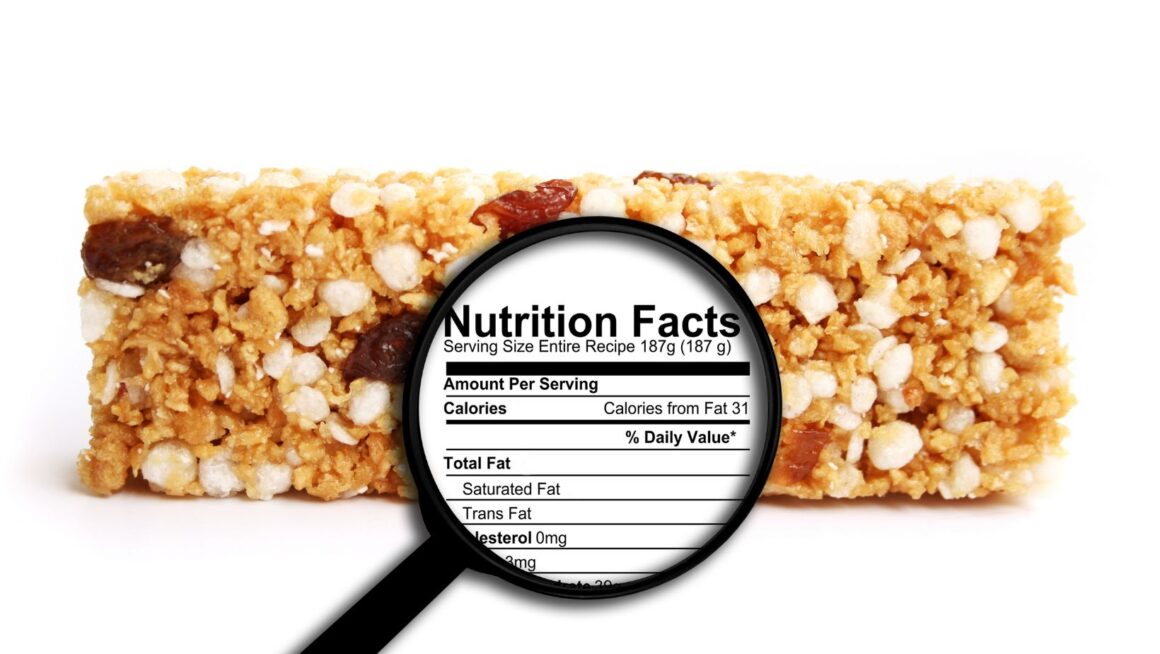Are you a pet parent who wants to ensure your furry friend is in the best of health but doesn’t want to spend every other week at the vet? You’re not alone!
Monitoring your pet’s health at home isn’t just about saving time and money—it’s also about building a stronger bond with your pet and catching potential issues early.
From soft, silky fur to those soulful eyes, your pet gives you plenty of clues about how they’re feeling.
Eyes – The Windows to Your Pet’s Soul
Your pet’s eyes can tell you a lot about their health. Clear, bright eyes are usually a good sign, but anything else might warrant a closer look.
What to Check
- Clarity: Your pet’s eyes should be clear and bright, not cloudy or red.
- Discharge: Any unusual discharge or excessive tearing can be a sign of infection.
- Pupil Size: Consistent pupil size is crucial. If one is larger than the other, it’s time to call the vet.
How to Perform an Eye Check
Gently hold your pet’s head and look into their eyes. Use a flashlight if needed to get a better view. Compare both eyes for consistency.
The Coat of Many Colors
Your pet’s coat and skin are other indicators of their overall well-being.

A shiny, smooth coat often signifies good health, while a dull, brittle coat can indicate underlying issues.
Signs of a Healthy Coat
- Shiny and Smooth: A healthy coat will have a natural sheen and feel smooth to the touch.
- Minimal Shedding: While shedding is normal, excessive shedding can be a sign of stress or health problems.
- No Bald Patches: Bald spots or excessive scratching can indicate allergies or skin parasites.
Grooming Tips
Regular brushing not only helps keep your pet’s coat looking fabulous but also allows you to check for skin issues or parasites like ticks and fleas.
Dental Delight or Disaster?
Oral health is often overlooked but is incredibly important in monitoring your pet’s overall health. Dental problems can lead to more severe health issues if left unchecked.
What to Look For
- Bad Breath: While some pet breath is normal, an unusually foul odor can indicate dental disease.
- Tartar Buildup: Check for yellow or brown buildup on your pet’s teeth.
- Gum Color: Healthy gums should be pink, not red or white.
How to Keep Those Chompers Clean
Regular brushing with pet-friendly toothpaste can go a long way in maintaining dental health.

Dental chews and toys can also help keep plaque at bay – check out Under The Weather Pet to find some good products.
The Tale of the Tail
A wagging tail is often a sign of a happy pet, but the tail can also give clues about their health.
Tail Troubles
- Bald Spots: Missing fur on the tail can indicate flea infestations or allergies.
- Injuries: Check for cuts, scratches, or any abnormalities.
- Behavioral Changes: Reluctance to wag or a limp tail can signal pain or discomfort.
Tail Care
Regularly check your pet’s tail for signs of injury or skin issues. A quick brush can also help you spot any problems early.
Ears – Not Just for Scritches
Ears are another area that can reveal a lot about your pet’s health. Healthy ears are clean and free of odor.
Ear Essentials
- Cleanliness: Ears should be clean without a buildup of wax or debris.
- Odor: A foul smell can indicate an infection.
- Scratching: Excessive scratching or head shaking can be signs of ear mites or allergies.
Ear Care Routine
Clean your pet’s ears monthly using a vet-approved ear cleaner. Be gentle, and never insert anything deep into the ear canal.
Monitoring your pet’s health at home is a proactive way to ensure your furry friend stays happy and healthy. Regular checks, combined with professional vet care, create a comprehensive approach to pet health. Start incorporating these checks into your routine, and you’ll become attuned to your pet’s unique health signals, making you the best pet parent you can be.



